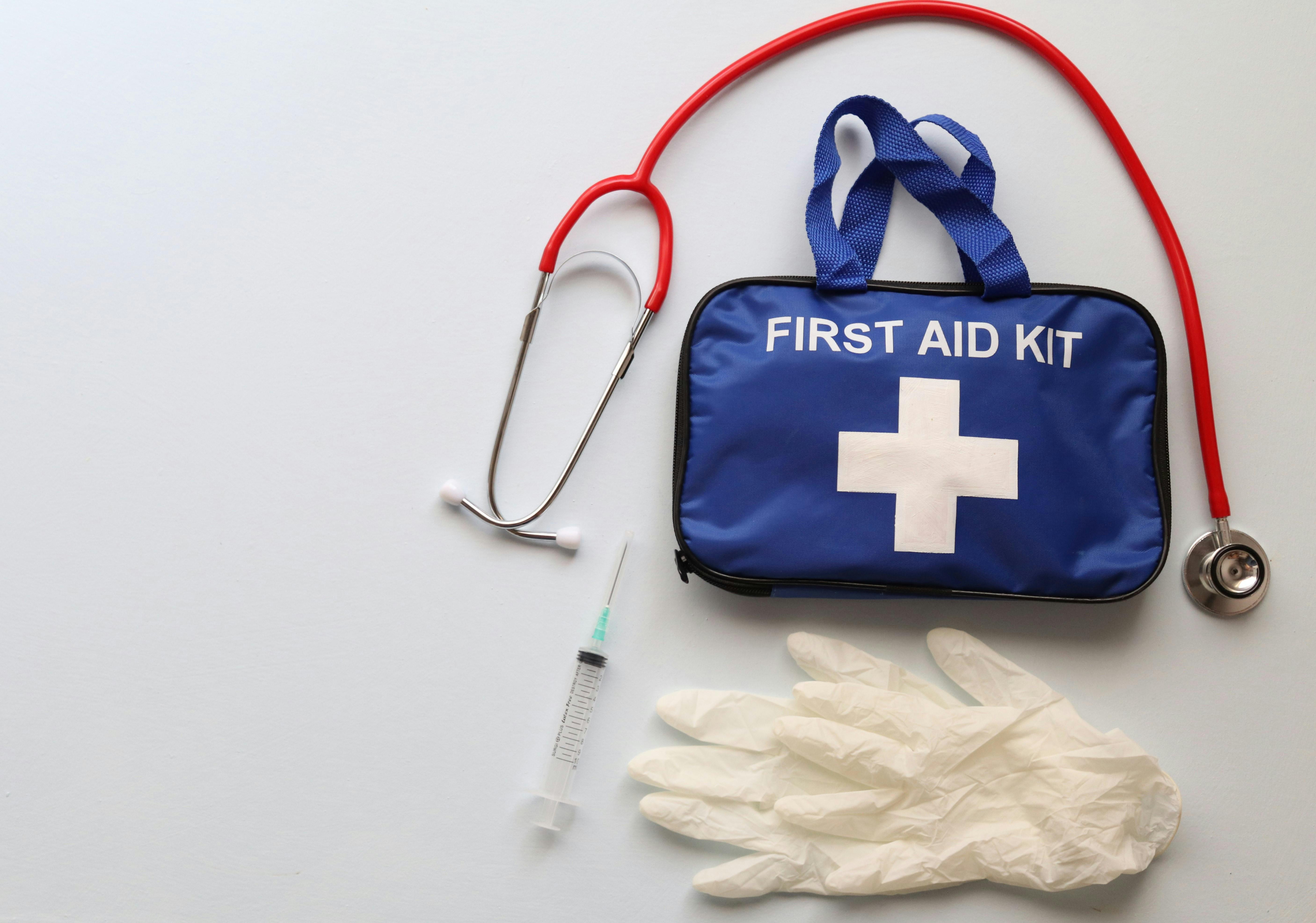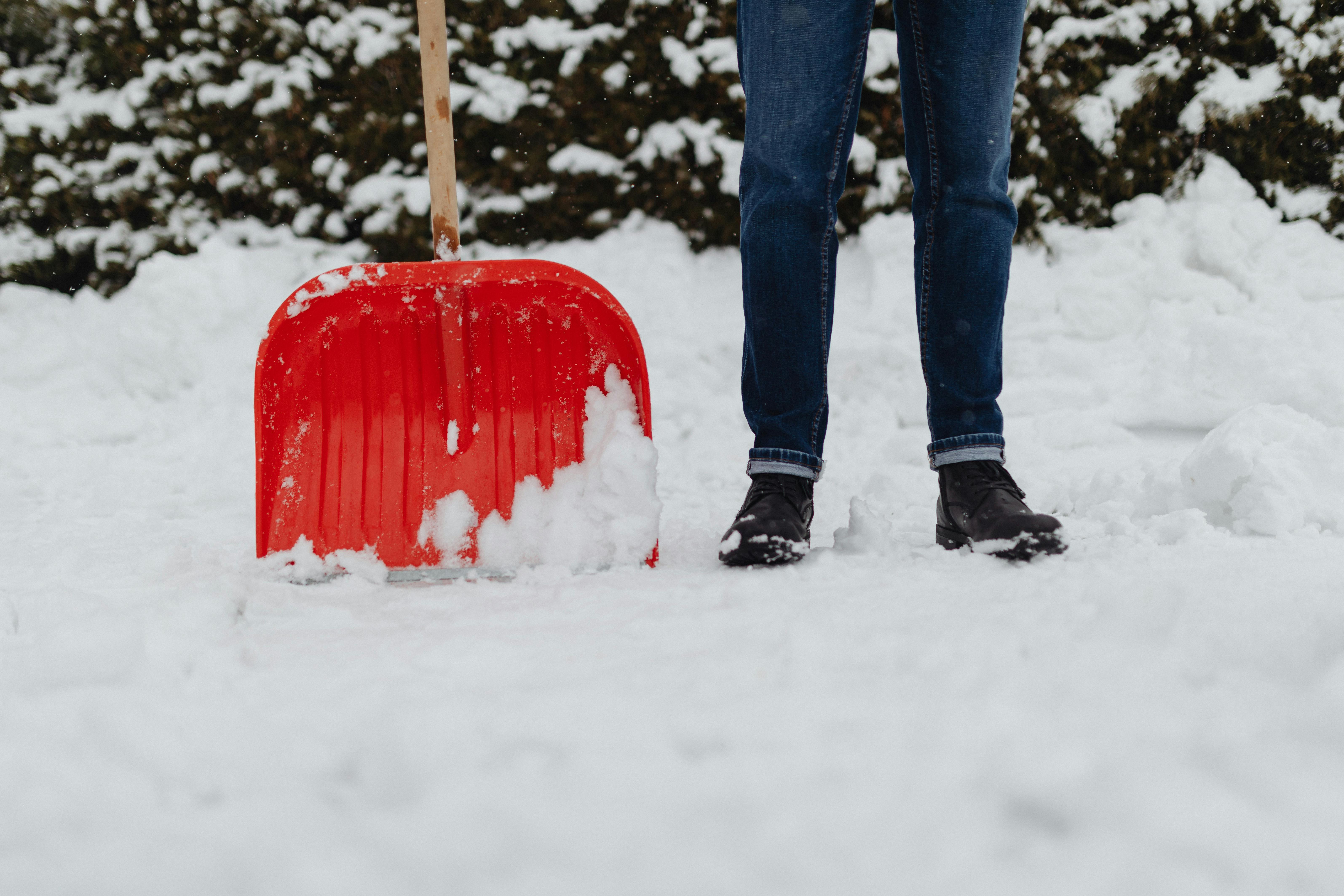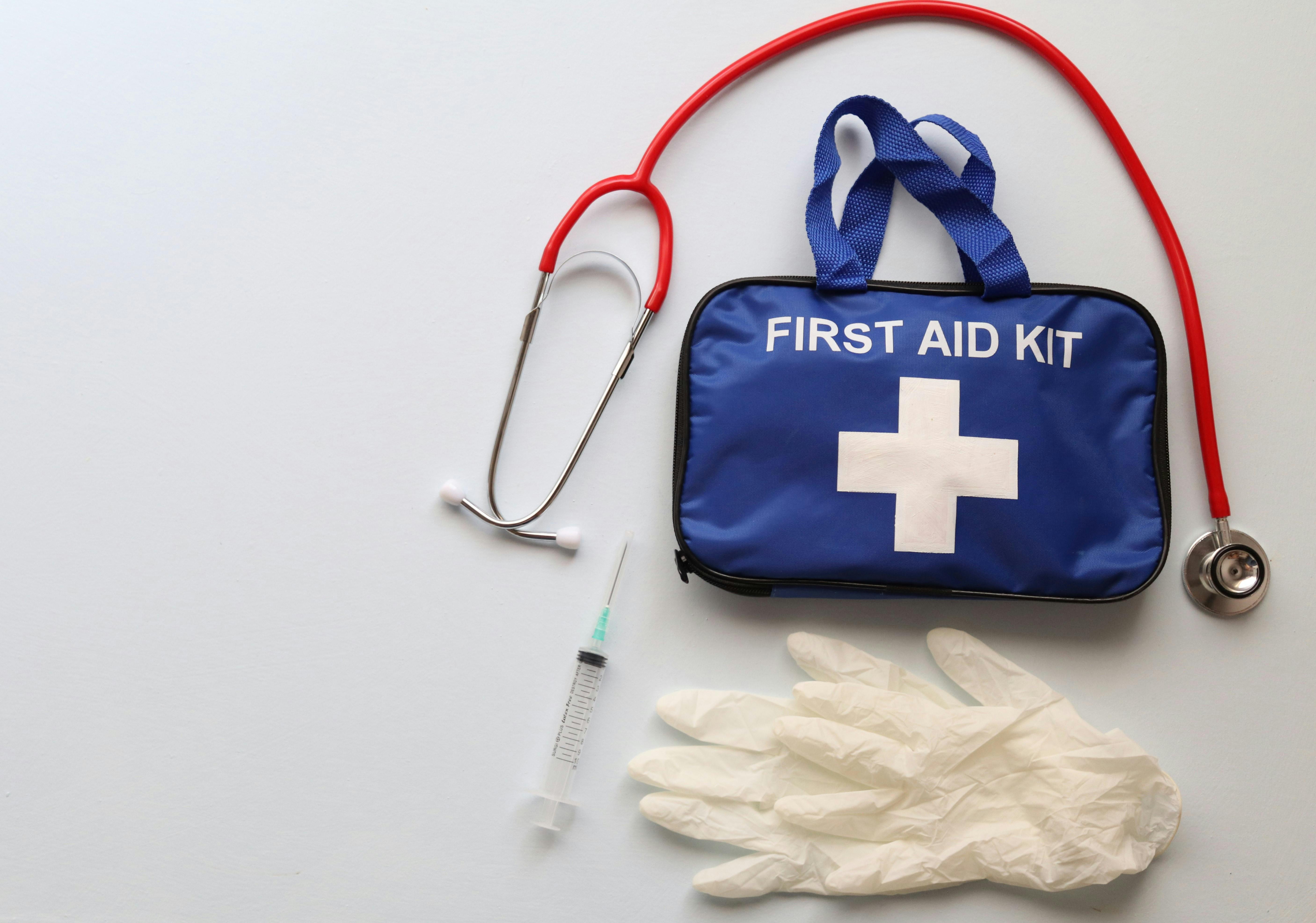The Essential Checklist for Your Emergency Roadside Assistance Kit

When you hit the road, the last thing you want is to be unprepared for an emergency. Whether you're commuting daily or embarking on a long road trip, having a well-stocked roadside assistance kit can be a lifesaver. In this guide, we'll explore the must-have items for your emergency roadside assistance kit and highlight the importance of being prepared for unexpected situations.
Why You Need an Emergency Roadside Assistance Kit
On average, Americans spend about 27 minutes commuting each way, which adds up to over 200 hours annually. With so much time spent on the road, the chances of encountering a roadside emergency increase. A flat tire, a dead battery, or severe weather conditions can leave you stranded. Being prepared with the right tools and supplies can make a significant difference in these situations.
Essential Items for Your Roadside Assistance Kit
Spare Tire and Tools
A flat tire is one of the most common issues drivers face. Make sure you have a spare tire that's regularly checked for air pressure, along with a tire jack and lug wrench essential for changing tires. Having a tire patch kit can provide a temporary fix for minor punctures, and a tire pressure gauge will help you maintain optimal tire pressure, improving fuel efficiency and safety.
Visibility and Safety
Staying visible and safe during an emergency is crucial. Reflective hazard signs or flares can increase your visibility to other drivers. A headlamp can keep your hands free while providing necessary light, and mechanic gloves can protect your hands from dirt and injury.
Battery and Power Supplies
A dead battery can leave you stranded, so always carry jumper cables to recharge your car battery. A USB charging stick is also useful to keep your phone powered up for communication, ensuring you can call for help when needed.
Communication and Navigation
Staying connected in emergencies is vital. A hand-crank radio can provide news updates and weather forecasts without relying on batteries, keeping you informed about your surroundings and any potential dangers.
Hydration and Nutrition

In case you’re stuck for a while, it's important to stay hydrated and nourished. Keep drinking water, at least one gallon per person per day, and stock up on nonperishable food like granola bars, nuts, and dried fruit.
Fire Safety
Vehicle fires, though rare, can be dangerous. A fire extinguisher rated for vehicle use can be a lifesaver, allowing you to tackle small fires before they get out of control.
Medical Supplies
Addressing injuries is another critical aspect of roadside emergency preparedness. A first aid kit should include bandages, antiseptics, pain relievers, and medical cards listing any allergies or conditions to ensure immediate and effective treatment.

Weather Protection
Weather conditions can change rapidly, and being prepared for adverse conditions is essential. Blankets are necessary to keep warm if you’re stranded in cold weather. A rain poncho will help keep you dry during rain, and having an extra set of dry clothing can be crucial in wet conditions.
Winter Essentials
For those in colder climates, carrying a shovel can be helpful for digging your car out of snow. Snow chains can provide better traction in snowy conditions, and a window scraper is essential for removing ice from windows to maintain visibility.

Motion Sickness
If anyone in your vehicle is prone to car sickness, consider including a sickness bag and motion sickness medicine in your kit. These items can alleviate symptoms and make the journey more comfortable for everyone.
Fluids and Maintenance
Maintaining your car’s health is also important. Carry spare fluids such as oil, coolant, and windshield washer fluid to address any immediate maintenance needs that might arise on the road.
Documentation and Cash
Documenting incidents and handling expenses are additional considerations. A disposable camera is useful for documenting accidents for insurance purposes, while paper and pen can be used for taking notes or leaving messages. Having some cash on hand is also useful if credit card systems are down or for making small purchases.
Conclusion
Having a well-equipped emergency roadside assistance kit can provide peace of mind and practical help in difficult situations. By preparing with these essential items, you ensure that you're ready to tackle most roadside emergencies. Remember, the key to a safe journey is not just a reliable vehicle but also being well-prepared for any eventuality.
Stay safe and happy driving!



